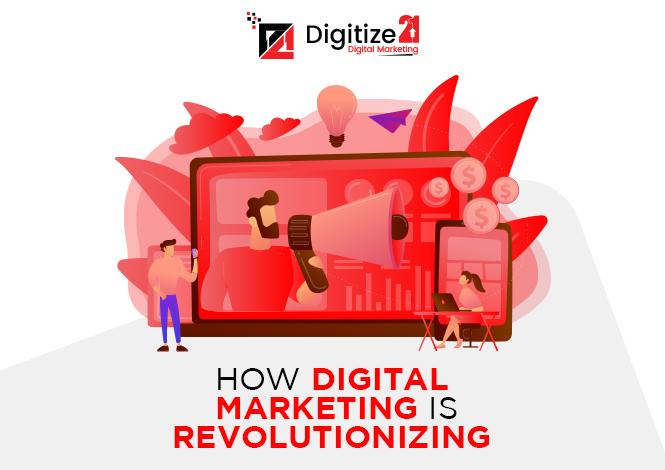How to Spend Less and Generate More with Paid Ads?
Paid advertising is a powerful tool for businesses looking to boost their online presence and drive sales. However, it can also be a costly endeavor if not managed correctly.
In this article, we’ll explore strategies to spend less and generate more with paid ads. Whether you’re a small business owner or a seasoned marketer, these tips will help you maximize your return on investment (ROI) with social media marketing, Meta ads, Google ads, and TikTok ads.
Introduction
In today’s digital age, paid ads have become a crucial component of online marketing. However, the challenge lies in making these ads cost-effective while ensuring they deliver high returns. This article will guide you through various strategies to spend less and generate more with your paid ad campaigns, focusing on platforms like Meta, Google, and TikTok.
Understanding paid ads
Paid ads are advertisements that businesses pay for to appear on various online platforms. Social media, search engines, and other websites can display these ads, targeting specific audiences based on demographics, interests, and behaviors. But how do you ensure you’re getting the most bang for your buck?
Setting clear goals:
Before launching any paid ad campaign, it’s essential to set clear, measurable goals. Are you aiming to increase brand awareness, drive traffic to your website, or boost sales? Defining your objectives will help you tailor your campaigns and measure their success effectively.
Choosing the Right Platform
There are differences among all paid ad platforms. Each has its strengths and weaknesses, depending on your target audience and marketing goals. Here’s a quick rundown of the major platforms:
Social media marketing
Social media platforms like Facebook, Instagram, and LinkedIn offer powerful advertising tools. They allow you to target specific demographics, track performance, and engage with your audience directly.
Meta Ads
Meta, formerly known as Facebook, offers numerous targeting options and a large user base, making it an excellent choice for many businesses.
Google Ads
Google Ads allows you to reach users who are actively searching for products or services similar to yours. It’s ideal for capturing high-intent traffic.
TikTok Ads
TikTok is a rapidly growing platform, especially popular among younger audiences. Its ads can be highly engaging and viral.
Creating compelling ad copyYour ad copy is the first thing potential customers will see. It needs to be engaging, clear, and persuasive. Focus on the benefits of your product or service, use strong call-to-actions (CTAs), and keep your message concise.
Leveraging Targeting OptionsOne of the biggest advantages of paid ads is their ability to target specific audiences. Use the targeting options available on each platform to reach users who are most likely to be interested in your offering. This can include demographics, interests, behaviors, and more.
Budgeting Wisely
Setting a budget for your paid ad campaigns is crucial. You don’t want to overspend, but you also need to invest enough to see results. Start with a smaller budget and gradually increase it as you see positive returns. Monitor your expenses closely and adjust as needed.
Utilizing A/B testing
A/B testing involves creating multiple versions of your ad to see which performs better. This can help you understand what resonates with your audience and optimize your campaigns for better results. Test different headlines, images, CTAs, and more.
Monitoring and tweaking campaigns
Once your campaigns are live, it’s essential to monitor their performance regularly. Use the analytics tools provided by the platforms to track key metrics like click-through rates (CTR), conversion rates, and return on ad spend (ROAS). Make adjustments based on the data to continuously improve your campaigns.

Optimizing social media marketing
Engage with your audience.Social media is all about interaction. Respond to comments, engage with your followers, and create content that encourages sharing and conversation.
Use video content.Video content tends to perform better on social media. It can be more engaging and effective at conveying your message than static images or text.
Leverage Influencers
Partnering with influencers can help you reach a broader audience. Choose influencers who align with your brand and have a genuine following.
Effective Strategies for Meta Ads:
Custom AudiencesUse Meta’s Custom Audiences feature to target users who have already interacted with your brand. This can include website visitors, email subscribers, and social media followers.
Lookalike Audiences:
Lookalike audiences allow you to reach new users who are similar to your existing customers. This can be a powerful way to expand your reach and find new leads.
Retargeting:
Retargeting involves showing ads to users who have previously visited your website or engaged with your content. This can help you re-engage potential customers and drive conversions.
Boosting Results with Google Ads:
Keyword ResearchEffective keyword research is critical for Google Ads success. Identify relevant keywords that your target audience is searching for and incorporate them into your ad campaigns.
Ad Extensions:
Ad extensions provide additional information and can make your ads more appealing. Use extensions like site links, callouts, and structured snippets to enhance your ads.
Quality Score:
Google uses a quality score to determine your ad’s relevance and quality. Focus on creating high-quality ads and landing pages to improve your quality score and lower your cost-per-click (CPC).
Harnessing the Power of TikTok Ad:
Creative Content:
TikTok is all about creativity. Your ads should be fun, engaging, and align with the platform’s tone. Use music, effects, and storytelling to capture attention.
Hashtag Challenges:
Hashtag challenges are a popular way to engage TikTok users. Create a challenge related to your brand and encourage users to participate.
Influencer Collaborations:
Collaborating with TikTok influencers can help your ads reach a wider audience. Choose influencers who fit your brand and have an engaged following.
Examining performance metrics:
To ensure your paid ad campaigns are successful, regularly analyze performance metrics. Key metrics to track include:
Click-Through Rate (CTR):
CTR measures how often users click on your ads. A high CTR indicates that your ad is engaging and relevant.
Conversion Rate:
The conversion rate measures the percentage of users who complete a desired action, such as making a purchase or filling out a form.
Return on Ad Spend (ROAS):
ROAS calculates the revenue generated for every dollar spent on ads. A high ROAS indicates a profitable campaign.
Conclusion:
Paid advertising can be a cost-effective way to generate more leads and sales, if managed correctly. By setting clear goals, choosing the right platforms, creating compelling ad copy, leveraging targeting options, budgeting wisely, and continually monitoring and adjusting your campaigns, you can maximize your ROI. Remember, the key to success is continuous learning and adaptation.
Frequently Asked Questions:
1. How can I reduce my cost-per-click (CPC) with paid ads?
To reduce your CPC, focus on improving your ad quality, targeting relevant keywords, and optimizing your landing pages. High-quality, relevant ads typically have lower CPCs.
2. Which platform is best for paid ads: Meta, Google, or TikTok?
The best platform depends on your target audience and marketing goals. Meta is excellent for detailed targeting, Google for high-intent searches, and TikTok for engaging younger audiences.
3. How often should I monitor my paid ad campaigns?
Regular monitoring is essential. To track performance and make necessary adjustments, check your campaigns at least weekly.
4. What is A/B testing, and why is it important?
A/B testing involves creating multiple versions of an ad to see which performs better. It’s crucial for understanding what resonates with your audience and optimizing your campaigns for better results.
5. How can I improve my ad’s click-through rate (CTR)?
To improve CTR, focus on creating engaging ad copy, using strong CTAs, and targeting the right audience. A/B testing different ad elements can also help identify what works best.


